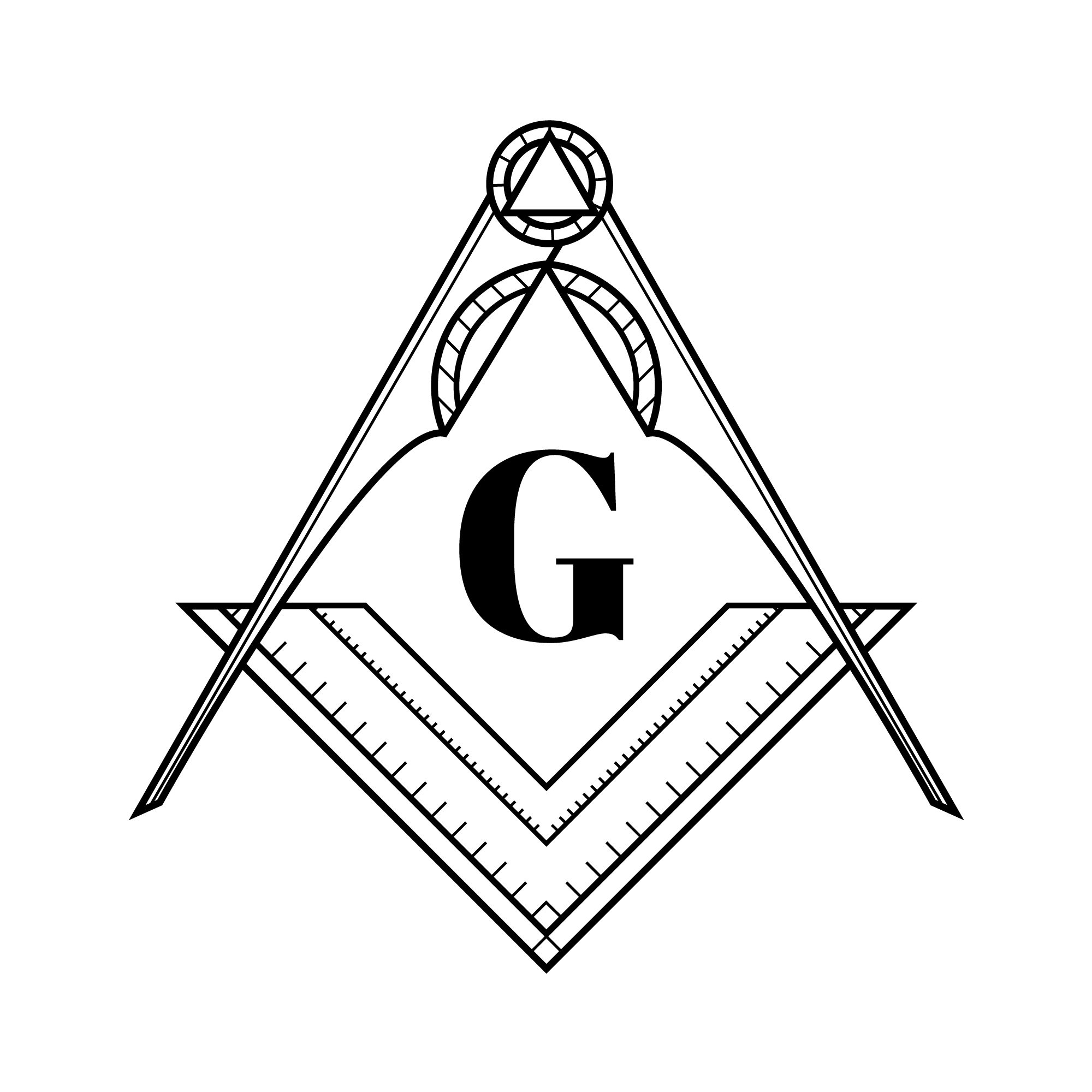The first meeting of the Lodge was in a rented room of the Old Globe Inn in Globe Street on the 15 February 1788.
There were 13 founder members of the Old Globe Lodge of which nine attended the first meeting in a rented room of the Old Globe Inn, Globe Street on the 15th February 1788. The first Worshipful Master was Robert Scott, a member of the Britannic Lodge No. 423, often called Britannia, at Whitby. It is not clear when the founders applied to the Premier Grand Lodge, or “Moderns”, for a warrant but they did not receive it until 23 August 1788. This was granted to the Globe Lodge No 531 changed to any 440 in 1792 and in 1814 to No 504.
The “Moderns” did not recognise any other Masonic degrees outside the three craft ceremonies, which apparently proved irksome to the Globe members. In 1791 they applied to the Atholl Grand Lodge, or “Ancients” for a warrant. This warrant was granted to the Old Globe Lodge No 267 on the 5th March 1791. It is from this time onwards that we find reference to the Royal Arch, Mark and Knight Templar degrees. What is surprising is that these two Grand Lodges were at loggerheads. It was constitutionally illegal for an “Ancient” Lodge to admit a “Modern” mason into its meetings and vice versa. Yet the Old Globe continued its association with both Grand Lodges and paid annual dues to both.
When these two Grand Lodges eventually amalgamated in December 1813 the number was changed to 337, in 1832 to 236 and to 200 in 1863. At the time of the Union the number 504 was allocated to the Globe Lodge and 337 to the Old Globe Lodge. The number 504 was later withdrawn when the error was discovered.
The lodge continued to meet in the public rooms of the Old Globe Inn until in September 1797 the members agreed to build lodge premises in the coach yard with an entrance from Stockdale Street, since called Globe Street. This was a most unusual step, for of the 300 lodges then under the English Constitution, only one, a Southampton lodge, met in its own premises.
Masonic ceremonial and a public procession to St. Mary’s Church accompanied the foundation stone laying on 9th October 1797. William Travis Esq. M.D. was the Worshipful Master. Beneath the Foundation stone was placed a brass plate inscribed with the details of the ceremony together with coins of the period. When the building was eventually pulled down in a slum clearance scheme in 1936, the plate and some of the coins were recovered and are displayed in the library at the Masonic Hall. Other relics were also recovered: – The doorknocker, still in use on the temple door. the Inn sign, affixed above the temple door, and the old lodge room fireplace now in the upstairs temple. The building was completed in September 1798 and at its dedication on the 10h of September another public procession and church service was held. Masonry was then but little known or understood by many of the inhabitants of that neighbourhood and it was reported that every time the members assembled, they were in the habit of raising Satan.
By the late 1830’s membership dwindled to such a point that the lodge almost ceased to exist. Between 1838-1845 the only record is that a few members occasionally gathered but in insufficient numbers to open a lodge.
Floor- cloths, loose unframed canvasses, were the forerunners of the tracing boards, as we now know them and were laid on the floor in the centre of the lodge, hence the need to square the lodge. In March 1869, a resolution was passed that they be cleaned, framed and hung on the wall. This was done, and there they remain to this day, the present Tracing Boards.
In 1868 Scarborough underwent change. The centre of the town had moved westwards, the Royal and Crown Hotels had been established and the Grand Hotel had just opened. The social life of the town was now centred in the St. Nicholas Street, Newborough and Huntriss Row area. The Old Globe Hotel had lost its reputation and the area in which it was situated was developing into almost a slum area. Eventually in 1877 it was decided in the interests of Masonry and for the good of the lodge it was desirable to leave the Old Globe Hotel and a search was made for suitable premises.
They finally decided to rent accommodation in the Londesborough Rooms, Westborough. Here they stayed for three years but then decided it was essential to have licensing facilities and a committee was formed to find new premises. In 1884 a suitable site for a Masonic Club was found at 14 St. Nicholas Cliff, our present Masonic Hall. The Old Globe proposed to Denison and Leopold Lodges that the three should combine and share the cost of purchasing and refurbishing the premises on St. Nicolas Cliff. The lodges agreed this, and the new Masonic Hall was dedicated on the 3d December 1884. The first meeting of Old Globe Lodge in the new premises was on Wednesday 17t December 1884.
There have been many famous and even infamous members of the lodge. To mention but a few: – Sir George Cayley, the inventor, Master 1822, 1846 and 1847. Lord Londesborough Master 1853 and 1854. Sir M. Johnson 1868. Lord Alfred Paget of London was proposed in 1853, he was elected but never initiated. W/Bro. E. W. Pritchard, Master in 1858 and 1859 and a Past Master of Royal Lodge was executed in Glasgow in 1865 for the murder of his wife and her mother by poisoning.
